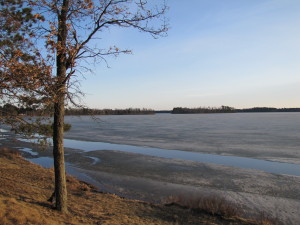Introducing Sonsee-Array
and Amy,
Two Homeschooling Mothers
I knew as soon as I met Sonsee-array that she was not a “typical” homeschooling mother. Of course, I have never met a typical homeschooling mother, since there isn’t one, but still, I knew there was something special about her. Like so many mothers who visit with me at homeschooling conferences, she cared deeply about history. Our conversation began with a question. She wanted to know how one of our books handled Native American history. I soon learned why she cared so much about this. She was a Native American.
I, too, care about Native American history. I was about seven years old the first time I met a Native American. It was a paid photo op in Cherokee, North Carolina. There he stood straight and tall in a full-feathered warbonnet. His headdress looked just like what Native Americans wore in the cowboy and Indian shows I watched on TV in the 1950s and 1960s and nothing like what the Cherokee tribe wore. I stood beside him and a relative snapped our picture.
The next time I got close to a Native American was more than twenty years later. My young family was in South Dakota to see Mount Rushmore. At night a few Native Americans came to our campground to dance with us. I am proud of so much of American history, but I am not proud of some of the parts that deal with relations between native peoples and immigrants from Europe. I had learned enough by this time that when I observed our little, two-year old Mary Evelyn holding hands with this native entertainer, I had a feeling I’ll never forget. I felt like I should say, “I’m sorry.”
So when I got the chance to write about Native American history in America the Beautiful, I took it very seriously. I worked hard to tell their story with respect. And here I was ready to describe what I had done to a Native American homeschooling mother. You can imagine my relief, when she was pleased with what she saw. I had not written exactly what she would have written, but she was pleased.
I chose Sonsee-Array for this mother’s name, because it means Morning Star Takes Away Clouds. I hope our curriculum takes away at least a little of the cloudy thinking we may have about Native Americans.
Then, at the Minnesota conference this spring, I had another opportunity to make a Native American connection. This time the mother didn’t seem at all “atypical,” but her story is unusual. She is an American of European descent who is married to an Ojibwe (sometimes called Chippewa). Her children are members of one of the registered Ojibwe bands of Wisconsin. That is a tribe I became fascinated by while writing America the Beautiful, so when Ray and I went to the Minnesota conference two years ago, we planned our route through an Ojibwe reservation. I took this photo while we were on that trip.

Diversity. That word often has negative connotations these days, but in its original meaning, it is a good way to describe homeschooling families. We are indeed diverse. Praise God for that.
I’ll call the wife of the Ojibwe Amy. Amy means beloved. That’s how God feels about all of us.
After these things I looked, and behold, a great multitude which no one could count, from every nation and all tribes and peoples and tongues, standing before the throne and before the Lamb, clothed in white robes, and palm branches were in their hands.
Revelation 7:9, NASB

